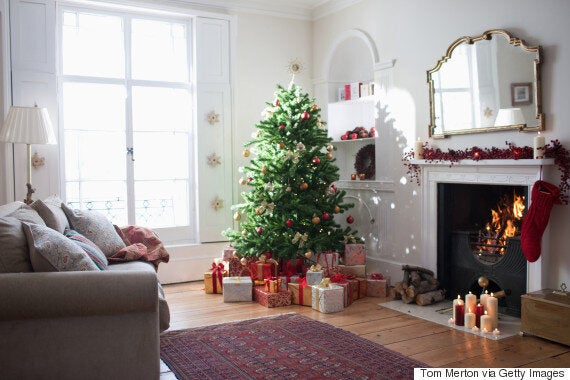
If you’re suffering from cold-like symptoms or itchy skin, your Christmas tree may be to blame.
Roughly one third of the UK population experiences an increase in such symptoms after putting up their tree, according to a survey by allergy balm manufacturer HayMax. And it’s not just real Christmas trees that can cause problems but artificial ones, too. So why does this happen?
“Both real and artificial trees can accumulate mould (which can release spores) and dust,” Allergy UK’s clinical director Maureen Jenkins tells HuffPost UK. “It’s often the allergens from mould, pine oils and resins found on real trees that cause a problem for some people.
“Artificial trees may also have moulds on them from being stored in damp places, or even house dust mite allergen if they are stored in a room that is rarely used, for example a loft.”
If you’re allergic to your Christmas tree, symptoms you can expect to notice include a blocked nose, streaming eyes, asthma, eczema or urticaria (raised and red skin).
The good news is there are a few fairly easy ways to reduce your chances of suffering from a Christmas tree-related allergy.
“Hosing down your tree before taking it into the house or after getting it out of storage, may help,” Jenkins says.
She adds that all trees should be thoroughly dried in the sun or a warm place after hosing down to prevent mould formation.
“Moving and decorating the tree would disturb the dust and mould so ask someone who does not react to these allergens to do this,” she says.
“Keep artificial trees well wrapped when stored and get someone else to get them down from the loft. Give them a thorough vacuum before putting in the main living area and decorating.”
While your tree takes centre stage, Jenkins recommends smearing petroleum jelly or nasal balm around your nostrils to help stop the allergens from getting up your nose.
After all, no one wants to feel poorly at Christmas.